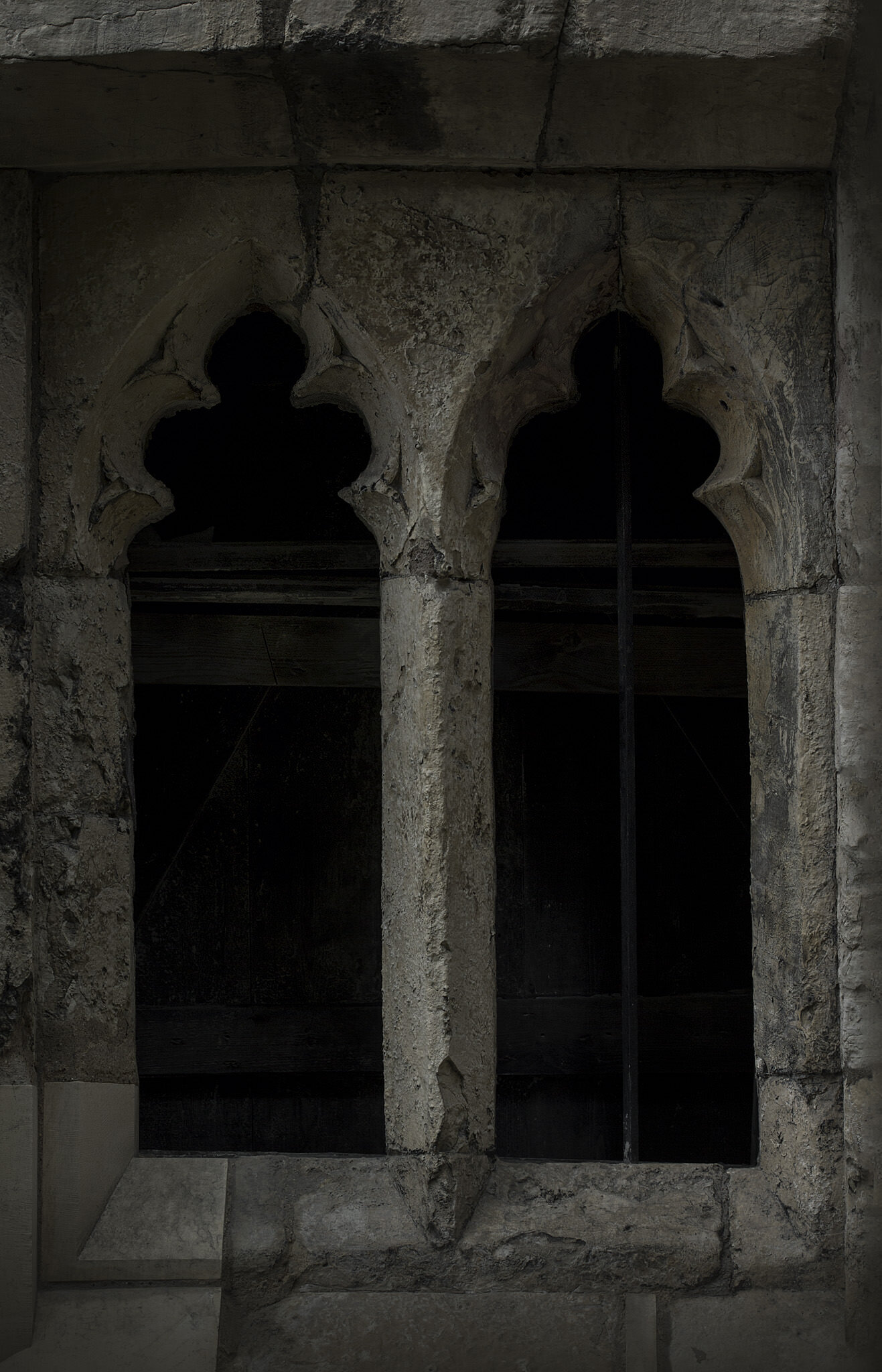Howden Minster, Yorkshire, England

Howden Minster began it's life as a collegiate church, which was founded in 1264. This meant that the church was administered by a “college”, or group of priests, known as canons, who were not part of a monastic community. Often they would come from other parishes who supported them and share the duties of the church. Work began on the current church around 1270, although evidence suggests that previous churches also stood on this site.
Legend tells us that there was a church at Howden which contained the tomb of St. Osana, who was the sister of King Osred of Northumberland, an 8th Century king. St. Osana died in 732. In 1080, William the Conqueror granted the church and manor of Howden to William de Carilef, who he had recently appointed as Bishop of Durham.
Howden minster was rebuilt in the 13th Century in the latest fashion and was one of the first churches in the north to be built in what became known as the Decorated Gothic style. The nave arcading was innovative at the time and merges the traditional triforium, (area above the nave arches), with the clerestory (upper windows) into one, similar to that of Westminster Abbey in London. It is thought that some of the masons who worked on Westminster Abbey then moved to work on Howden Minster.
The parish coffin dates from 1664 and was used for carrying the corpse to the graveside for burial. The body would have been shrouded in linen. For your average person, only the body and shroud would have been buried, the coffin was only being used for transportation.
Howden survived the dissolution of the monasteries as it was not a monastery. It was instead dissolved by Henry VIII's son, Edward VI, who abolished the collegiate churches in the Act of the Dissolution of the Collegiate Churches and Chantries in 1547. After this, the income from the church passed to the crown and the maintenance of the building became the responsibility of the parishioners.
The east end of the church was bricked off in the 16th Century, as there was a lack of funds for it's repair. Today the chancel and chapterhouse now lie in ruins outside the current church, after the roof collapsed in 1750 and was never replaced.





